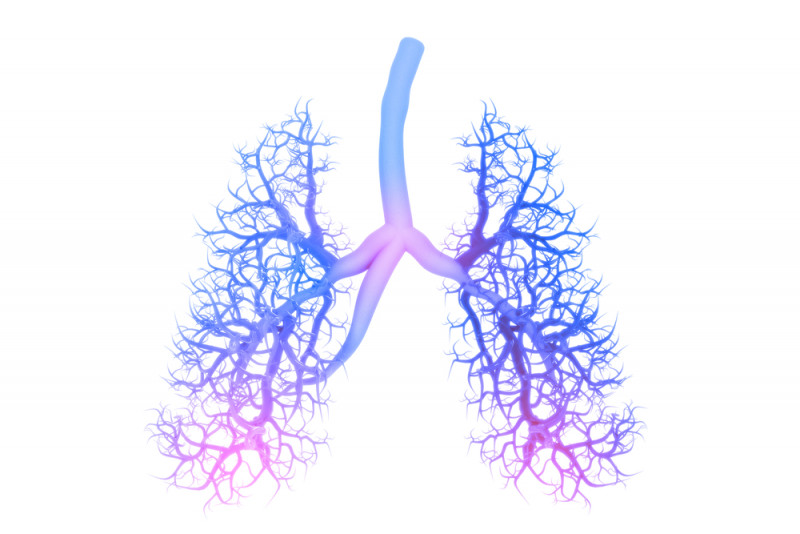Orkambi Seen on CT Scans to Aid Lung Health, Mucus Clearance
Written by |

crystal light/Shutterstock
Treatment with Orkambi (ivacaftor/lumacaftor) led to significant improvements in lung health, particularly related to clearing mucus, among people with cystic fibrosis (CF), according to a real-world study of its use in France.
The investigation provided a first high-resolution CT scan-based assessment of the medication’s effectiveness, and results also indicated these scans are a reliable tool for evaluations.
The study, “Computed Tomographic Changes in Patients with Cystic Fibrosis Treated by Combination Therapy with Lumacaftor and Ivacaftor,” was published in the Journal of Clinical Medicine.
Orkambi, by Vertex Pharmaceuticals, is the first specific treatment designed for people with the F508del mutation in both copies of the cystic fibrosis transmembrane conductance regulator (CFTR) gene, called a homozygous mutation. F508del is the most common CF-causing mutation.
Although found to be effective in clinical trials and approved in numerous countries, patient responses to Orkambi can vary, driving a need for better tools to assess its efficacy.
Researchers at two CF reference centers in Marseille investigated using CT scans to assess CF-related changes in response to treatment with Orkambi. As part of their study, they also looked for correlations between scan-based changes, lung function, and the chloride content in patients’ sweat — a standard measure of CFTR protein function.
The team identified medical records of 34 CF patients receiving Orkambi between January 2016 and June 2019. All were between the ages of 12 and 56 (17 males and 17 females), and had at least two CT scans — one before beginning therapy and another at least six months after. The average time between the two scans was 21.4 months.
Changes to lung health were measured by applying the Brody score to patients’ CT scans. This scoring system is used to describe physical alterations, such as mucus accumulation (also called mucus plugging), airway thickening, and trapped air. The higher the Brody score, the more disease-related changes are evident.
Comparing pre- and post-treatment images, the team observed a number of improvements. The overall Brody score decreased significantly, as did the mucus plugging subscore.
Adult patients (13 in total) also showed significant improvements related to tissue thickening of the areas around the bronchi, known as peribronchial wall thickening. Thickening is often related to fluid and mucus accumulation in the small airways.
Total Brody scores and mucus plugging scores eased in adults and children separately, but the changes evident in pediatric patients (21 in total) were not considered significant.
Although lung function, as measured by forced expiratory volume in one second (FEV1), did not significantly improve among all patients, it correlated with improvements in other measures, such as total Brody score, peribronchial thickening, and mucus plugging.
Body mass index (BMI), a ratio of weight to height, also showed a significant improvement with Orkambi’s use.
“The good correlation between our CT scan scores and FEV1 supports the idea that CT scan is a reliable tool in the follow-up of cystic fibrosis patients,” the researchers wrote.
The study further found no significant link between changes in the sweat chloride test, given to children, and total Brody scores.
“To our best knowledge,” the team concluded, “this study is the first one to focus on CT changes induced by [Orkambi] in patients with cystic fibrosis. The main result is a significant improvement in the total CT score, especially related to an improvement in mucous plugging under combined therapy.”






